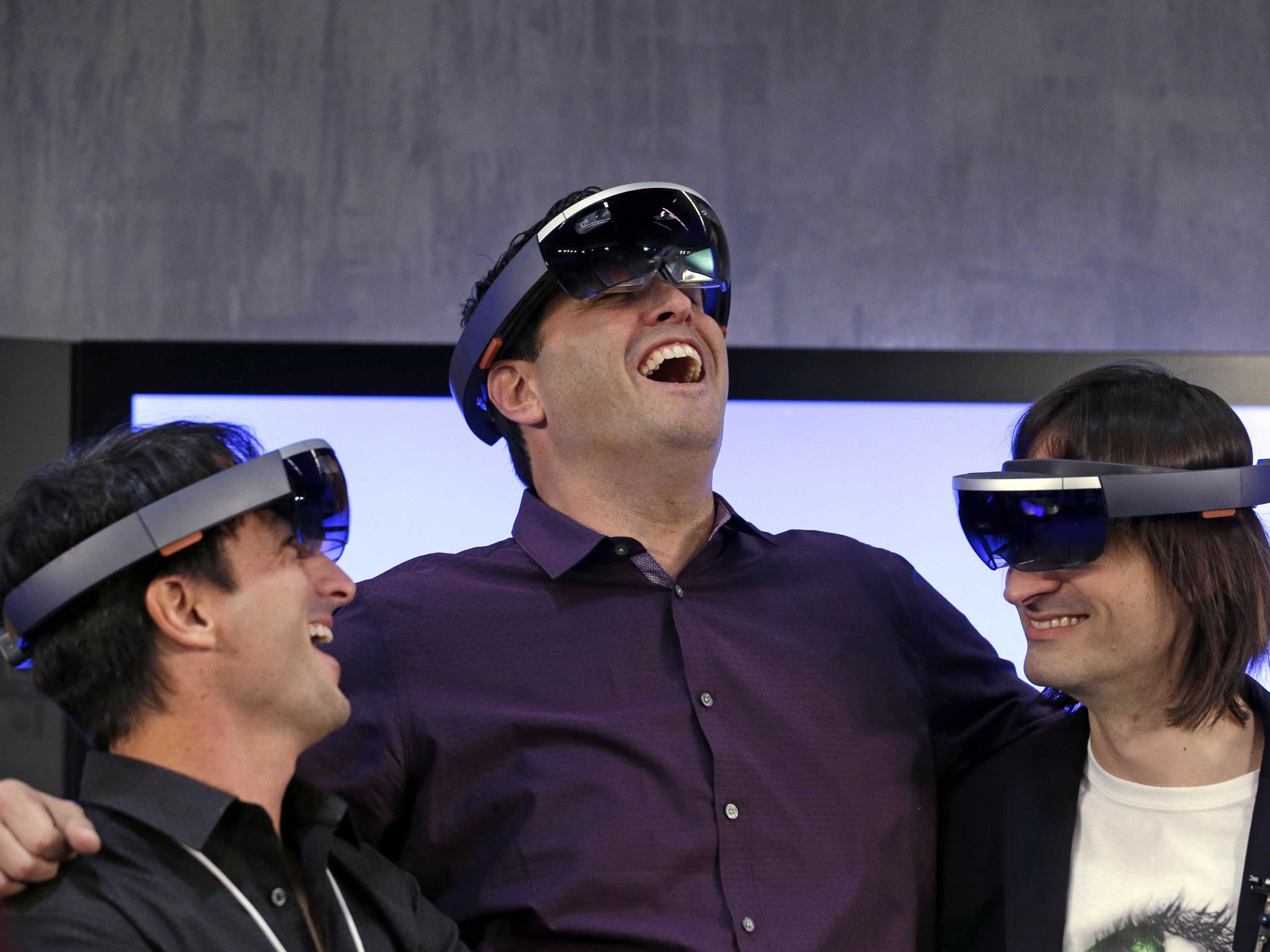 Microsoft's Joe Belfiore, Terry Myerson, and Alex Kipman celebrate the reveal of HoloLens (2015).
Microsoft's Joe Belfiore, Terry Myerson, and Alex Kipman celebrate the reveal of HoloLens (2015).
With a $22 billion contract under its belt, Microsoft is currently the only company in the world making money on mixed reality, and that's a big deal.
Like many in the tech industry, I have been following the evolution of virtual reality (VR), augmented reality (AR), and mixed reality (MR), all now under the rubric of extended reality (XR). Suffice it to say that the entire category has generated far more interest than actual usefulness beyond just gaming (looking at you, VR).
Microsoft has been pushing mixed reality with its HoloLens headset since it was first introduced in 2015. And six years later, there has been a lot of significant progress in the business space with little push into the consumer market.
But Microsoft does have one not-so-secret advantage over potential rivals in MR: it actually exists.
Microsoft is the only company making millions on MR, and now billions. HoloLens is used by companies like Airbus, Lockheed Martin/NASA, Medivis, Case Western Reserve University, in surgical operating rooms, and now the US Military where Microsoft just landed a massive 22 billion dollar deal that could span a decade.
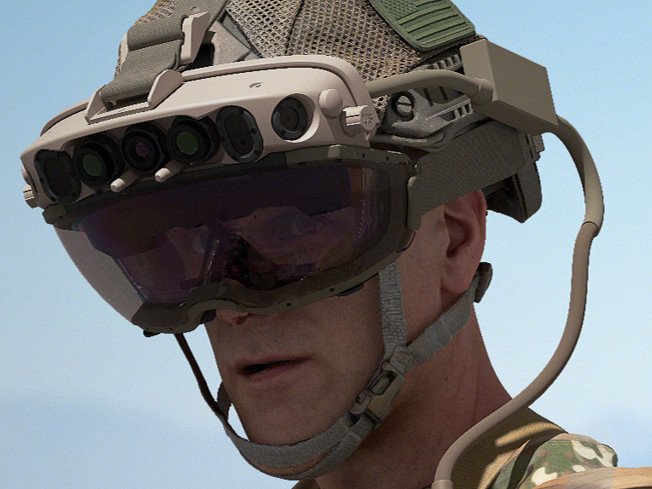 Microsoft HoloLens 2 adapted for military usage.
Microsoft HoloLens 2 adapted for military usage.
Last month, Microsoft also touted partnerships with OceanX, Niantic, and Lune Rouge for its new Microsoft Mesh technology, which includes holoportation.
Even if Microsoft doesn't get into consumer AR, it will make the tech and platform for other companies.
Why is this a big deal? While there is talk of eventual rivals from Apple, Facebook, Google, and lesser-known ones like Nreal Light, or the issue-prone Magic Leap One, Microsoft is the first to market. And the company is doing quite well, recouping its R&D investment before others have even launched. Microsoft is quite literally years ahead of anyone else.
It's not just about selling headsets, however. Microsoft is now doing the less exciting work of building the MR framework for the future. Its cross-platform dev tools (Azure spatial anchors, remote rendering, object anchors, Mesh) are building the groundwork so MR is more than fancy hardware. Inventing HoloLens is one thing, but making the dev tools and the entire platform is another.
 Not just a concept: HoloLens 2 is being used in surgeries today.
Not just a concept: HoloLens 2 is being used in surgeries today.
There is also user response. Microsoft is open about how it works with companies on HoloLens and adjusts features, hardware, software, and more based on what companies request from actual usage in the real world. See the capability to add LTE and 5G as one recent example. That feedback loop is something that cannot be replicated or inferred in a lab behind closed doors. Right now, other companies are simply guessing.
The proverbial elephant in the room for Microsoft watchers is if it will push MR to the consumer space, presumably via its Surface hardware division. The question has been asked since HoloLens was revealed with Minecraft back in 2015, but I'm not sure even Microsoft (or anyone) knows the answer today.
Mixed Reality for consumers: Apple, Microsoft, Snapchat and more
 Concept of Apple's first expected forary into VR/AR may arrive in 2022.
Concept of Apple's first expected forary into VR/AR may arrive in 2022.
Right now, MR (and AR) are mostly vague concepts for consumers. It sounds neat but going beyond the cool factor to real-world usefulness is not without its challenges. Like 3D screens for phones, the tech needs to prove itself useful and not just "cool." Google learned the hard way with its Glass headset back in 2013 (talk about being first), but the project has floundered under the newer Google Glass Enterprise Edition 2 launched in 2019, which earns nary any attention from the press or businesses.
When it comes to mixed reality, it is Microsoft's race to lose.
Facebook is now on the radar with its published interest in AR, which is not surprising. But Facebook faces myriad challenges around privacy and, so far, has had little success with consumer hardware that's not Oculus. Snapchat is also reportedly getting into AR, which has thrilled precisely no one (yes, Snapchat is still toying with hardware).
But it is Apple that has tech watchers the most excited. Despite recent reports that any AR system, dubbed 'Apple Glass' by the press, won't be an actual product until 2025, the company is riding on reputation alone to nail the category. That's still at least four years off (it's reportedly not even prototyped yet). Instead, a more realistic "helmet-like" and traditional AR/VR accessory could launch in 2022 as the first phase (with AR contact lenses later on in 2030 as the third phase. No joke.).
But Apple is best positioned to offer a 'distributed' wearable MR system for the consumer market.
I think that Apple is the most poised for consumer success in AR/MR. The idea of a distributed wearable system, which it is supposedly pursuing, is a formidable one. Powered by the potent iPhone as a CPU, Apple Watch as an interface, and AirPods for audio, it is only missing a heads-up-display (HUD) in the form of wearable lenses. No other company has such a unified ecosystem and software stack, not to mention the robust developer network that will undoubtedly follow when commanded.
That said, I don't think Apple will touch the space where Microsoft is going right now. The idea of Apple providing somewhat controversial military gear is anathema to its ethos, and jumping right into surgery or working on NASA's Orion spacecraft headed to Mars years after Microsoft secured contracts seems improbable. This bifurcation could be a similar divvying of the market we see now with PCs where Apple rules 'boutique' prosumers and Microsoft owns enterprise, professional, and everything else.
2019 US Patent from Microsoft featuring AR glasses likely for military purposes.
There are two noteworthy side points I'd like to make, however. We know Microsoft is exploring AR/MR for consumers, or at least making the tech more ready for everyday usage. A patent from 2019 (and going back to 2011) reveals a more realistic version of what a smaller HoloLens could look like if adapted for either civilian or military use.
We also know Microsoft is working on "a boundless FOV (Infinite Field of View)," likely for the next generation of HoloLens, which would be a massive breakthrough in mixed reality technology. Alex Kipman, the head of HoloLens and holographic computing at Microsoft, believes wearable devices could replace physical screens in the future. And despite little interest, Windows Mixed Reality still exists as a virtual Windows environment right now. Windows Mixed Reality is arguably way better than it should be at this stage – it's really good. What other company has virtualized an entire operating system as vast as Windows? Microsoft did it in 2017.
Basically, Microsoft is in very deep with augmented and mixed reality systems both for software and hardware.
The second point is, even if Microsoft doesn't jump into consumer MR/AR quite as hard as Apple, it will, as it always does, play a significant role in powering its tech. See how Azure and Spatial Anchors already work on iOS. Similar to how Microsoft approaches software on iOS and Android, it is looking to build the services and platforms for AR /MR that other companies will want to use. Microsoft knows it is easier to pay for services and dev tools than create your own, and that's big business for them.
Of course, being first is never a predictor of being the best or the most widely used. Microsoft's early achievements with HoloLens are notable but not necessarily a future indicator. Technological history is replete with examples of a company doing well only to suffer disruption from a rival. That could happen here, too. But while the market dynamics will undoubtedly change in the coming years, right now, it is Microsoft's race to lose.

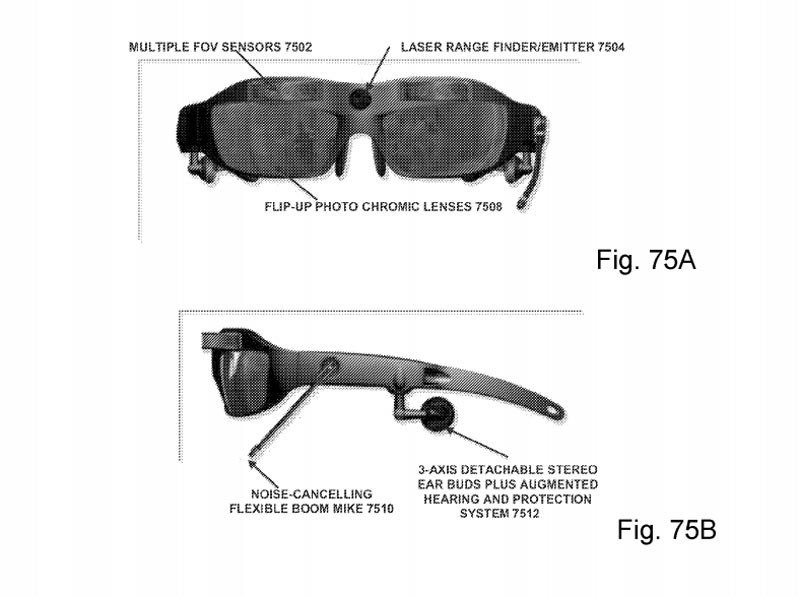
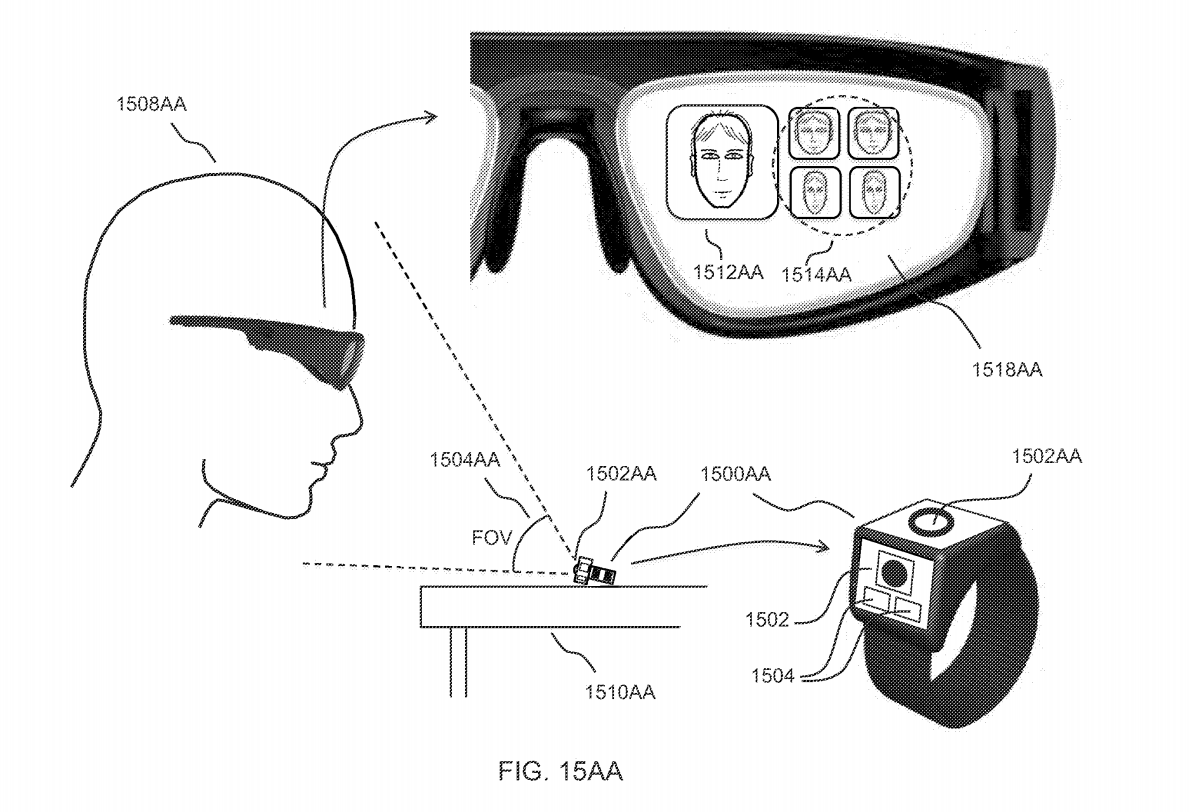
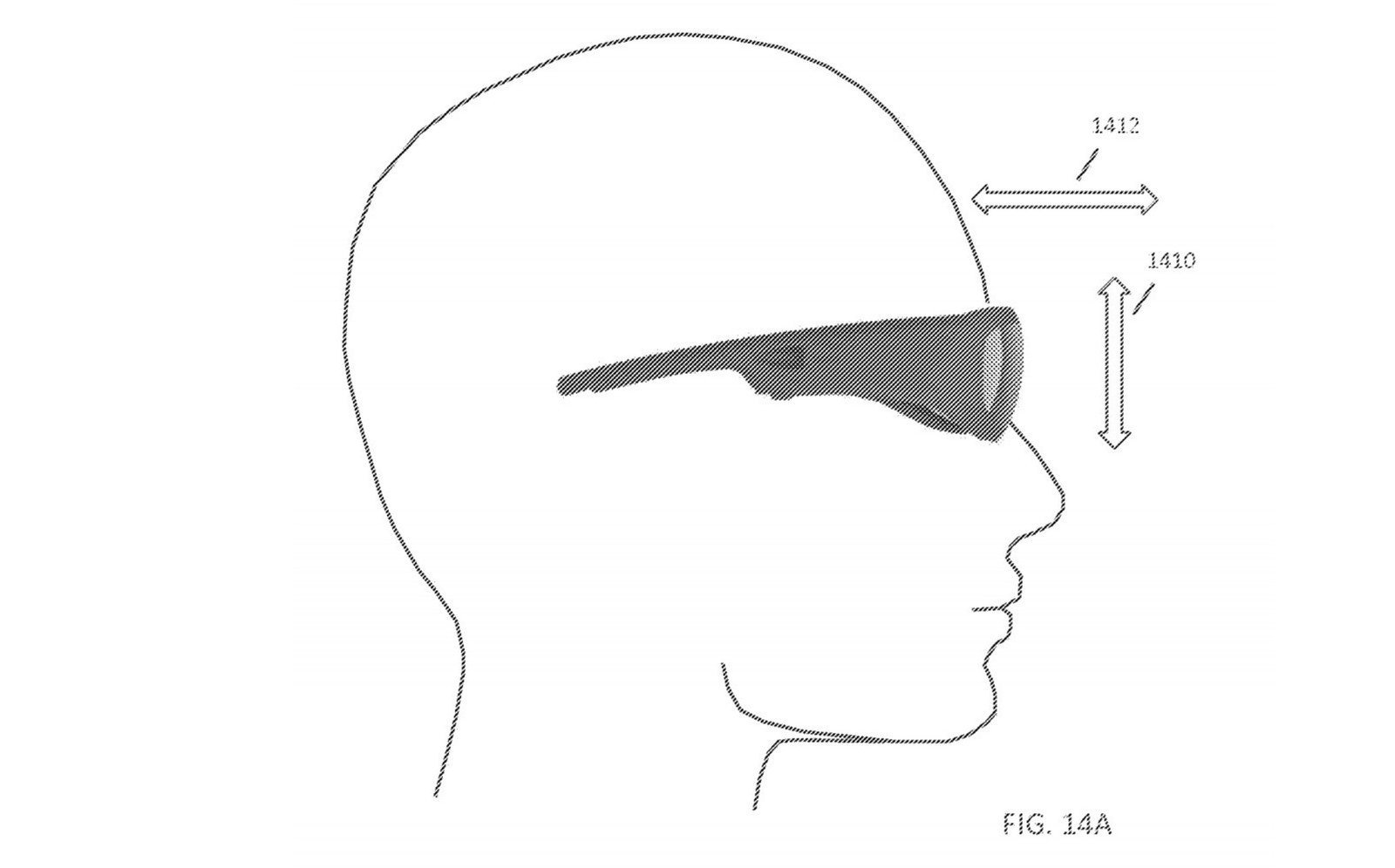
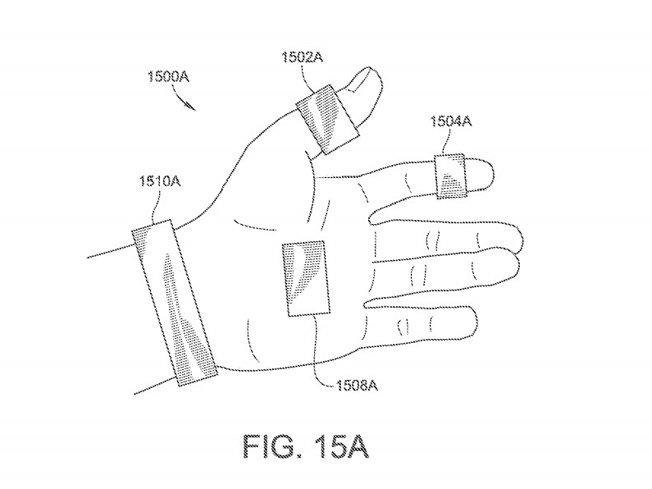
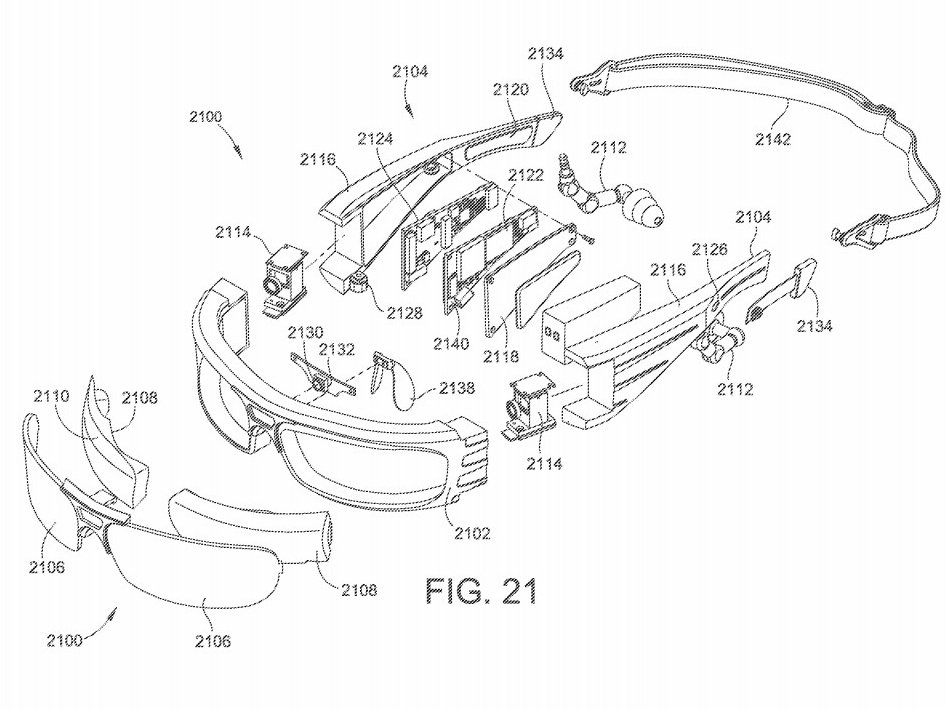
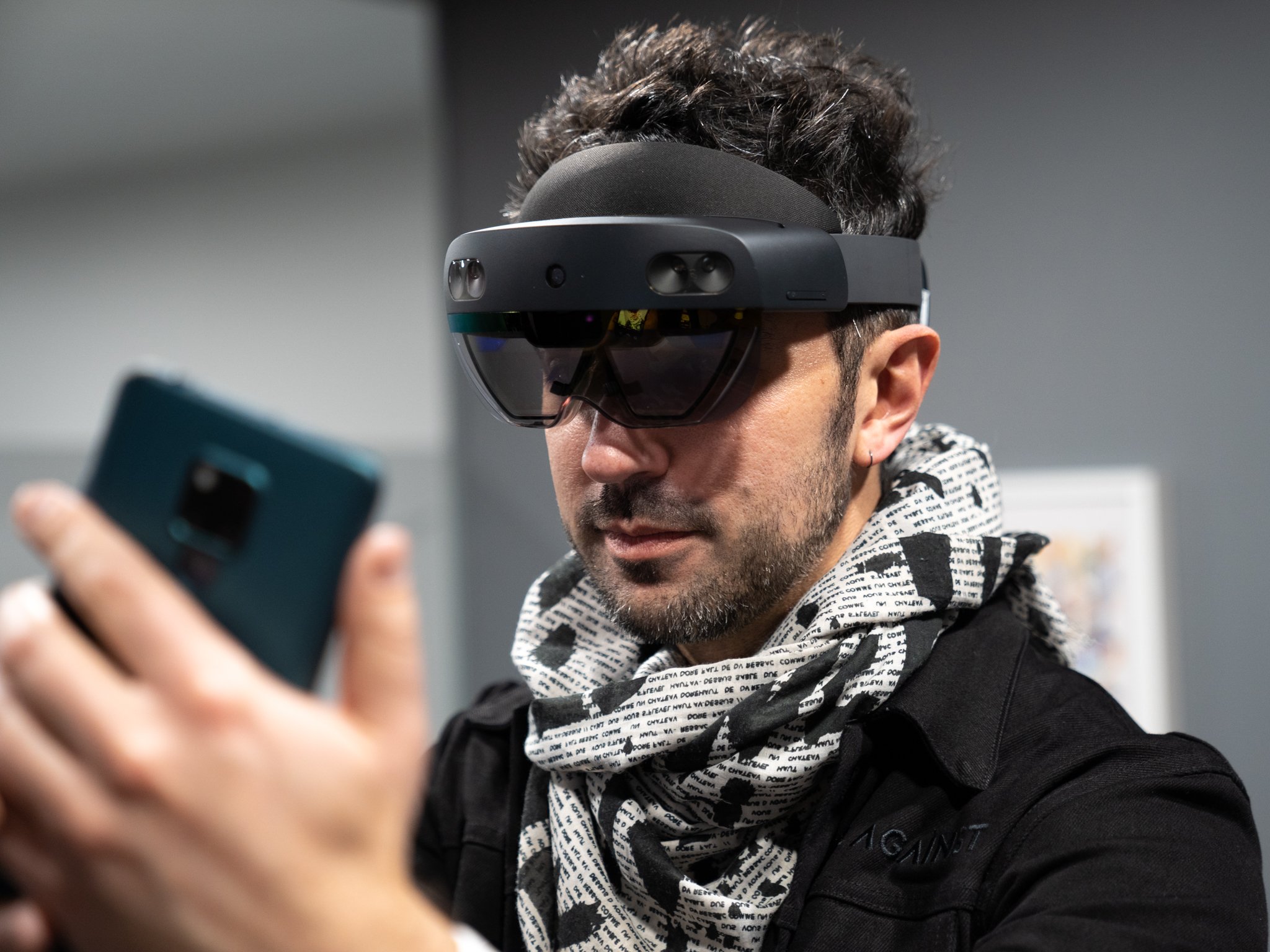


0 comments:
Post a Comment